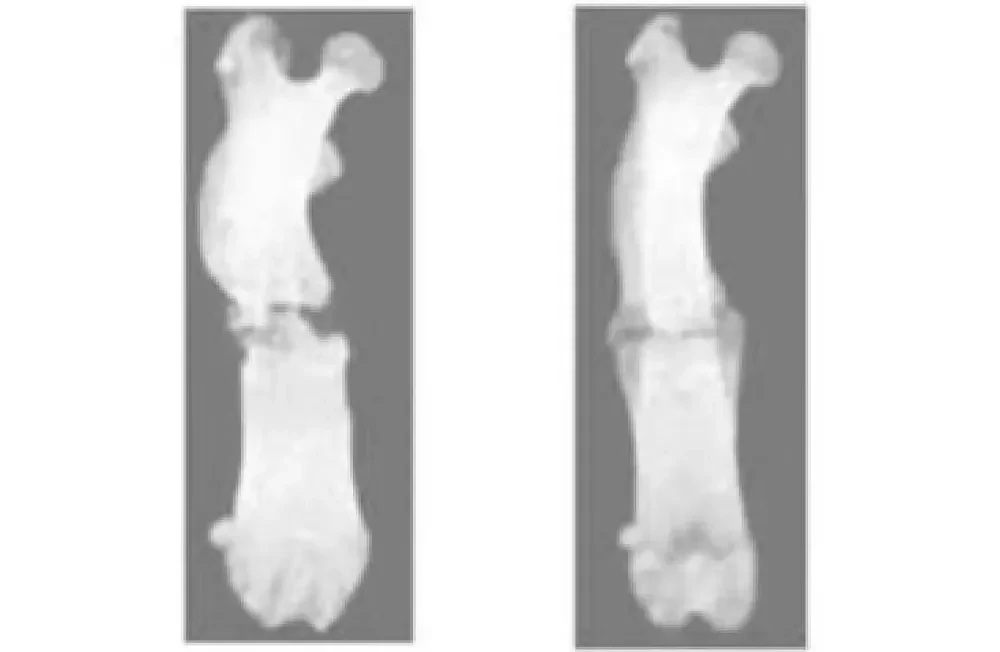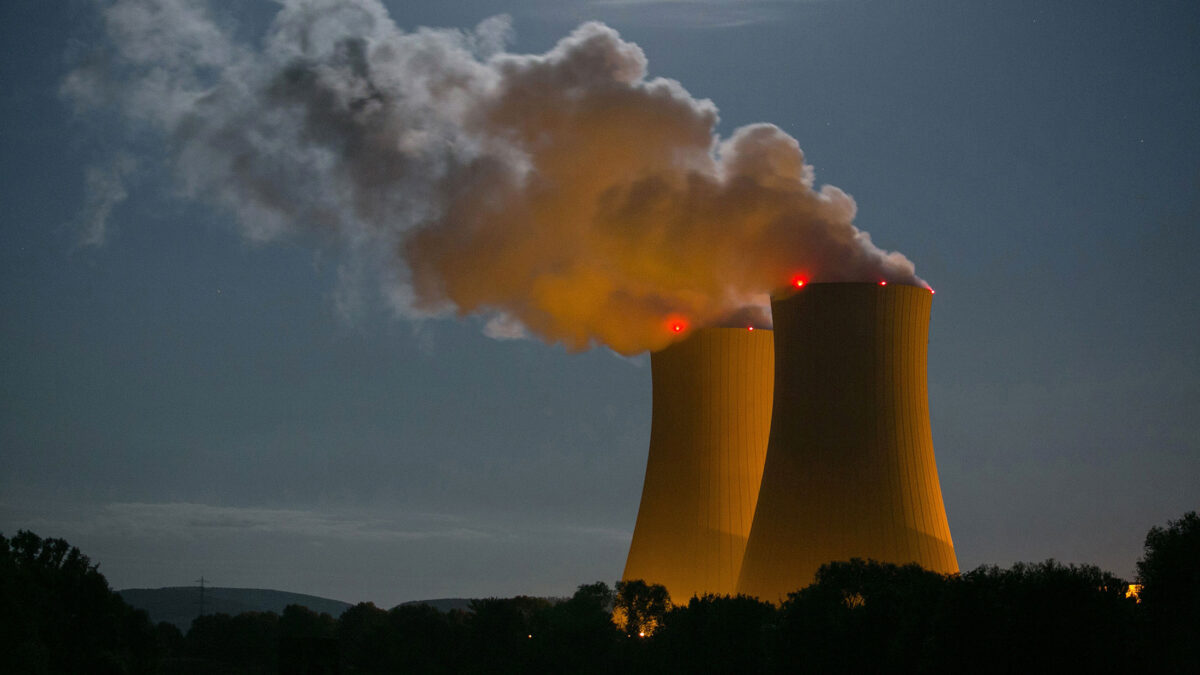New Irradiation Treatment Makes Broken Bones Grow Back 3x Stronger
A groundbreaking method for treating broken bones could significantly reduce healing time and make the bones more than three times stronger, according to a team of Japanese scientists.
The innovative approach involves using plasma irradiation to accelerate the healing process in complex fractures. Researchers at Osaka Metropolitan University in Japan have successfully demonstrated this technique in laboratory rats.
Their findings revealed that bones treated with plasma irradiation not only healed faster but were also approximately 3.5 times stronger than those that did not receive the treatment.
Currently, complex or displaced fractures often require surgical intervention and can lead to prolonged periods of immobilization for patients. The research team’s goal is to reduce recovery times and enhance bone healing using non-thermal atmospheric-pressure plasma, which is gaining significant interest in the medical field for its tissue repair capabilities.
While the plasma treatment did not show significant benefits for the normal fracture group, it substantially improved healing and recovery times for the non-union fracture group, which are much more serious. The strength of the bone in the irradiated non-union group was found to be about 3.5 times that of the non-irradiated group, as reported in the journal PLoS One.
Further in vitro studies showed that irradiating cells with plasma for five to 15 seconds increased the activity of a protein involved in osteoblast differentiation, suggesting enhanced maturation of bone-forming cells.
This is a very exciting development for treating severe bone breaks. I hope they keep researching this verify and perfect its application.




